Endotoxin and Pyrogen Testing Products
The next chapter in endotoxin testing... Let's write it together.
The next chapter in endotoxin testing... Let's write it together.
Make the right choices in drug discovery...Together we can develop your next biological model.
The ability to introduce DNA, RNA or proteins into cells to alter their genotype or phenotype (a process called transfection) is crucial in a variety of life science applications. Various types of transfection methods exist and choosing which approach to use often depends on its suitability to the application in question. Electroporation is a physical transfection method that permeabilizes the cell membrane by applying an electrical pulse and moves molecules via the electrical field into the cell. It is a powerful tool for transfecting large DNA fragments and achieving good transfection efficiencies in cell lines. However, due to high toxicity traditional electroporation has been less successful for efficiently transfecting more biologically relevant primary cells and stem cells, which has limited its application.
Our solution is an improved electroporation technology, the Nucleofector® Technology, originally introduced into the market by legacy Amaxa in 2001. It enables highly efficient, transfection of primary cells, stem cells, neurons, and cell lines that have traditionally been difficult to transfect via electroporation and other non-viral transfection methods. In recent years, this has opened novel opportunities for disease research and therapeutic development, including the advancement of gene therapies, immunotherapies, and stem cell generation.
In the following sections, we provide an overview of Nucleofector® Technology, and explore what benefits it can bring to your research over traditional electroporation methods. We also summarize the transfection capabilities and flexible scaling offered by our various Nucleofector® Platforms, to help you choose which one is best suited to your specific application. This can ensure you obtain the very highest levels of transfection efficiency and quality for your research.
See how transfection with Nucleofection® Technology is different from conventional electroporation. It allows for highly efficient transfer of various substrates directly into the nucleus of cells. The modular 4D-Nucleofector® System helps you scale up from low to high-volume transfection or higher throughput without having to re-optimize.
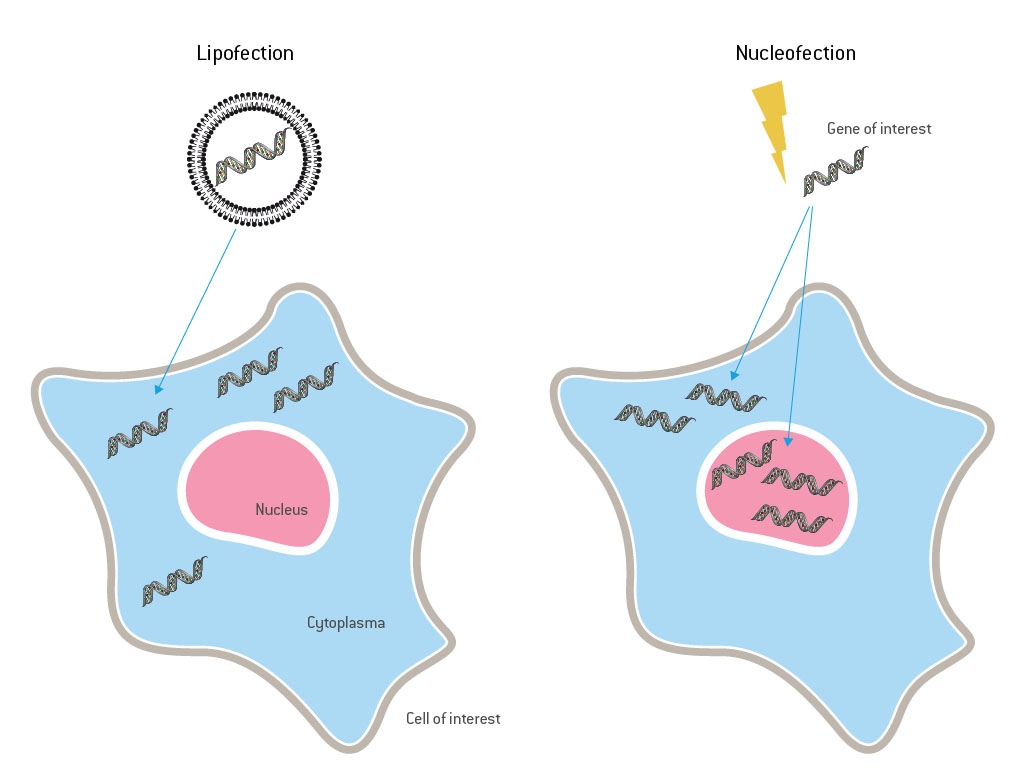
The Nucleofector® Technology uses a specific combination of optimized electrical parameters and cell type-specific solutions which enables transfer of a molecule directly into the cells’ nucleus. Due to this independency from cell proliferation, it allows for efficient transfection of even non-dividing primary cells (like resting T cells or neurons) and also speeds up expression.
Three specialized components are key to the successful and efficient transfection of primary cells or cell lines using a variety of substrates:
Since launching the Nucleofector® Technology by legacy Amaxa, we have introduced several innovations around those three components to expand its application to further cell types, lower and higher cell numbers or different throughputs.
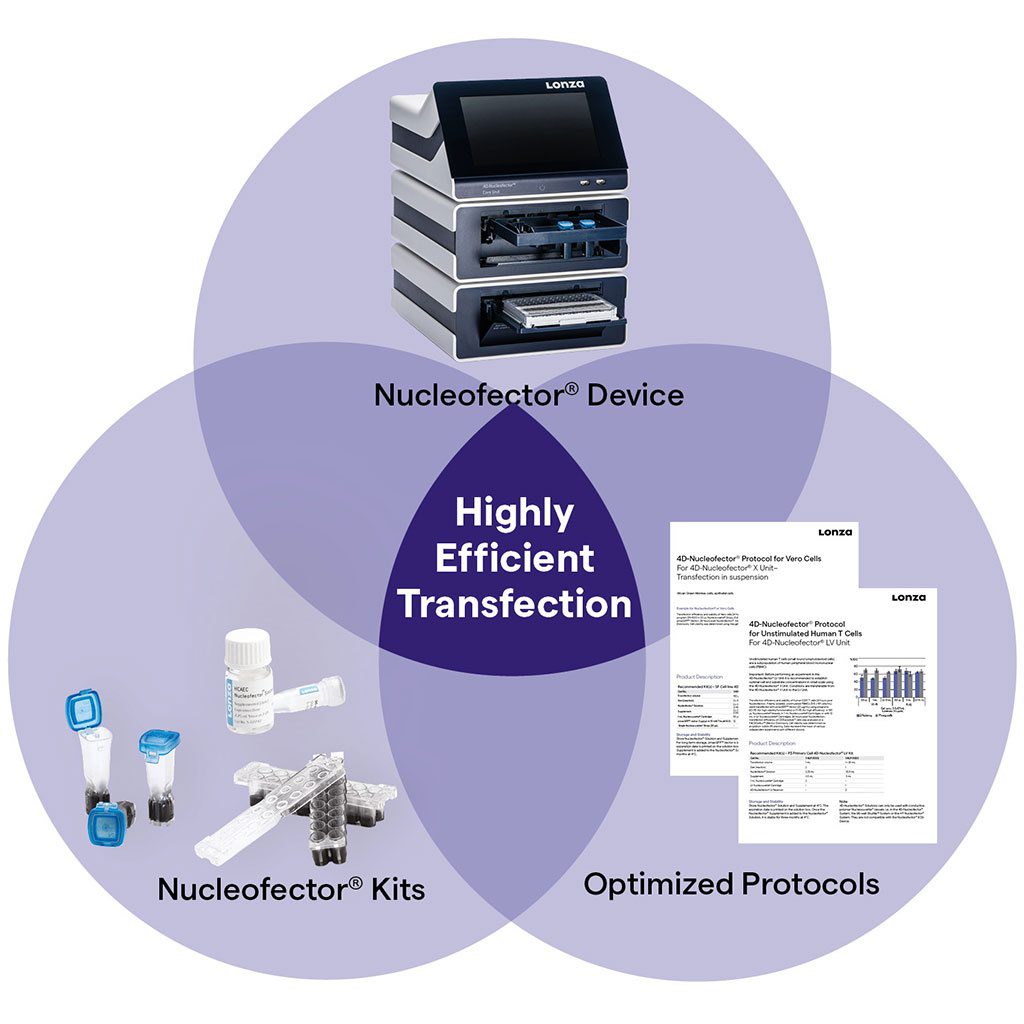
The Nucleofector® Technology offers a higher transfection efficiency than other non-viral transfection methods (including traditional electroporation1) along with other significant advantages outlined below.
These benefits can facilitate numerous applications, such as therapeutic gene knock-down via RNAi2 or CRISPR3 and the generation of induced pluripotent stem cells4 or CAR-T5, among many others. It is therefore not surprising that Nucleofector® Technology is now used in many different lines of research, including functional and structural genomics, drug discovery, and gene and cell therapy.
1 Maasho et al 2004 Journal of Immunological Methods
2 Marques and Williams, 2005 Nature Biotechnology
3 Seki A, Rutz S, 2018 J Exp Med
4 Kaji et al. 2009 Nature
5 Monjezi et al 2017
We have developed three different Nucleofector® Platforms that offer a range of different specifications and units to enable flexible scaling (i.e., Nucleofection of varying numbers and volume of cells depending on the application) as well as transfection of adherent cells.
This advanced, flexible and convenient 4D-Nucleofector® System comprises a core unit, as well as the following functional units and add-on devices with different transfection capabilities to suit different applications.
The 4D-Nucleofector® X Unit features positions for both 20 µL Nucleocuvette® Strips and 100 µL single Nucleocuvette® Vessels. Conditions can be seamlessly transferred between these two vessel types. Furthermore, cells that have been transfected using the X Unit, can be transferred to other Nucleofector Platforms (96-well Shuttle® Device, HT Nucleofector® System, and 4D-Nucleofector® LV Unit) without the need for re-optimization. Learn more by visiting our 4D-Nucleofector® X Unit product page or by watching the video.
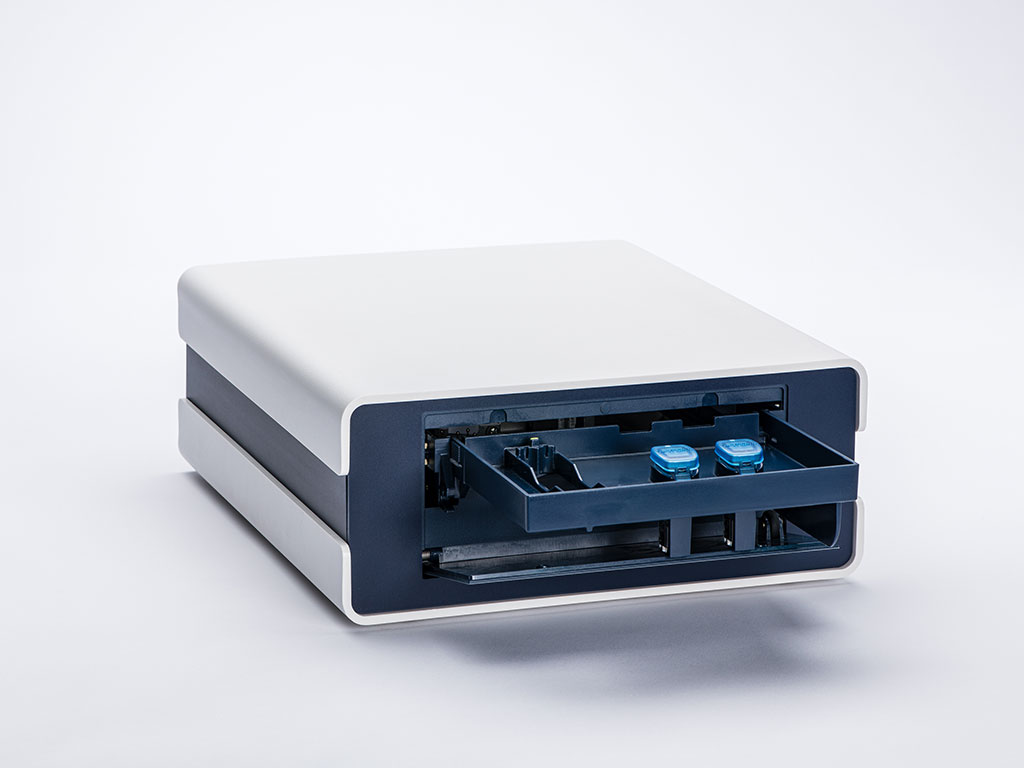
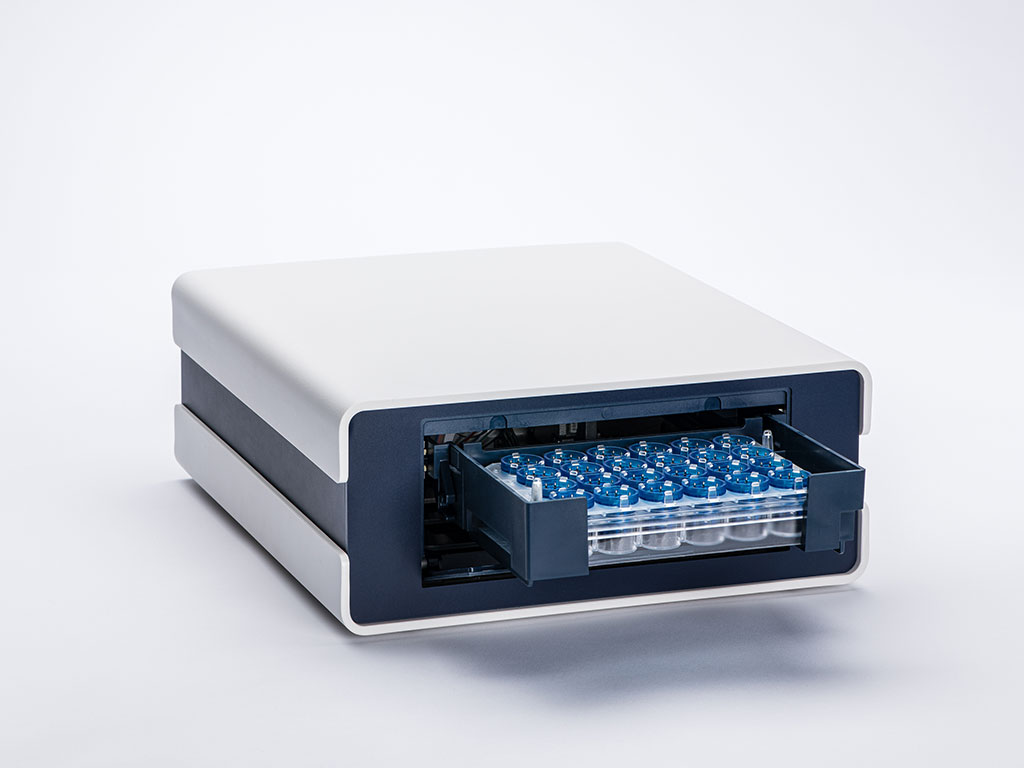
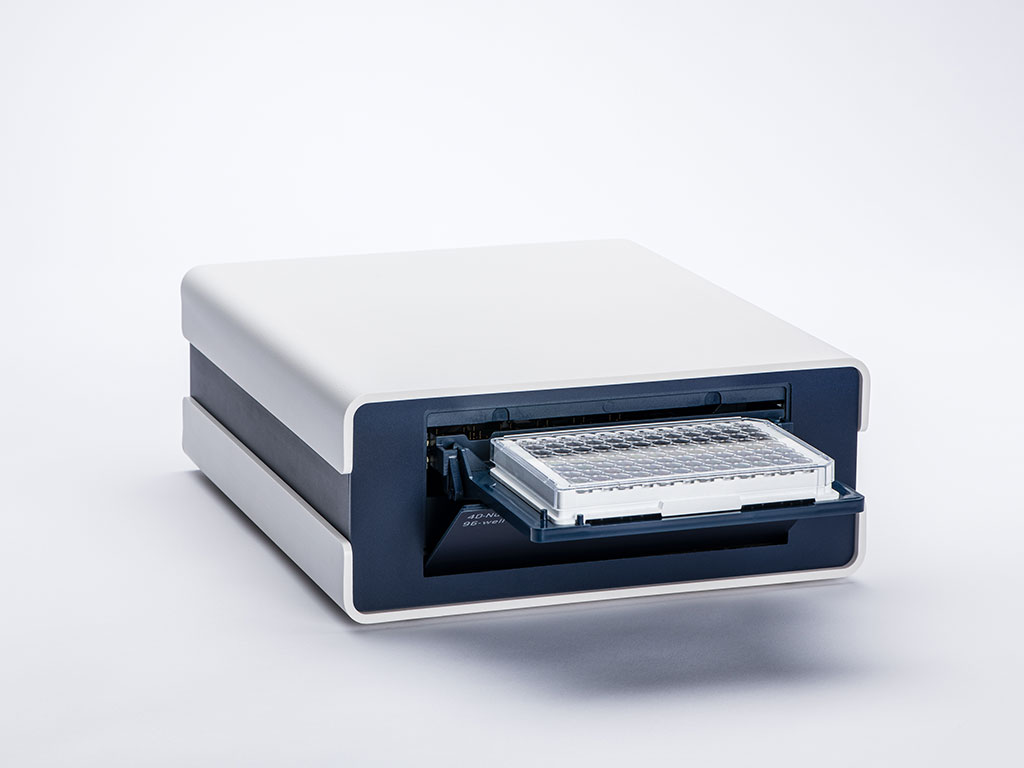
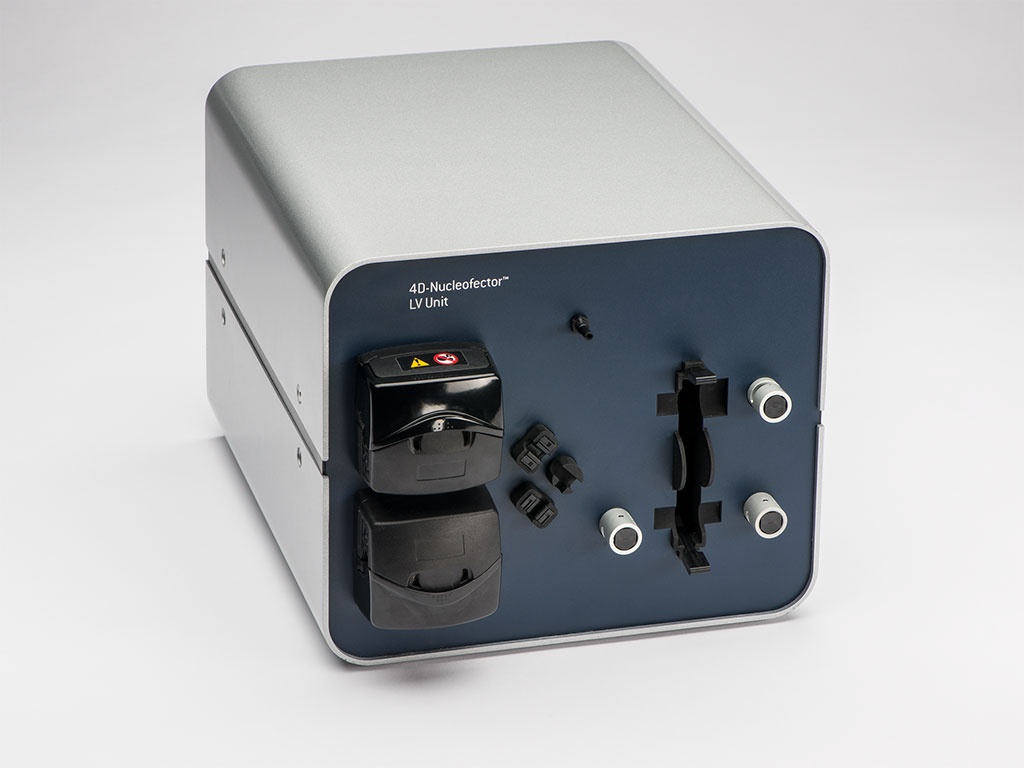
The HT Nucleofector® System is an independent platform offering high-throughput transfection in 384-well format. With an extremely fast plate processing time of one minute and high reproducibility it is the ideal tool for screening applications. Find out more by visiting the HT Nucleofector® System product page or watching our video tutorial.
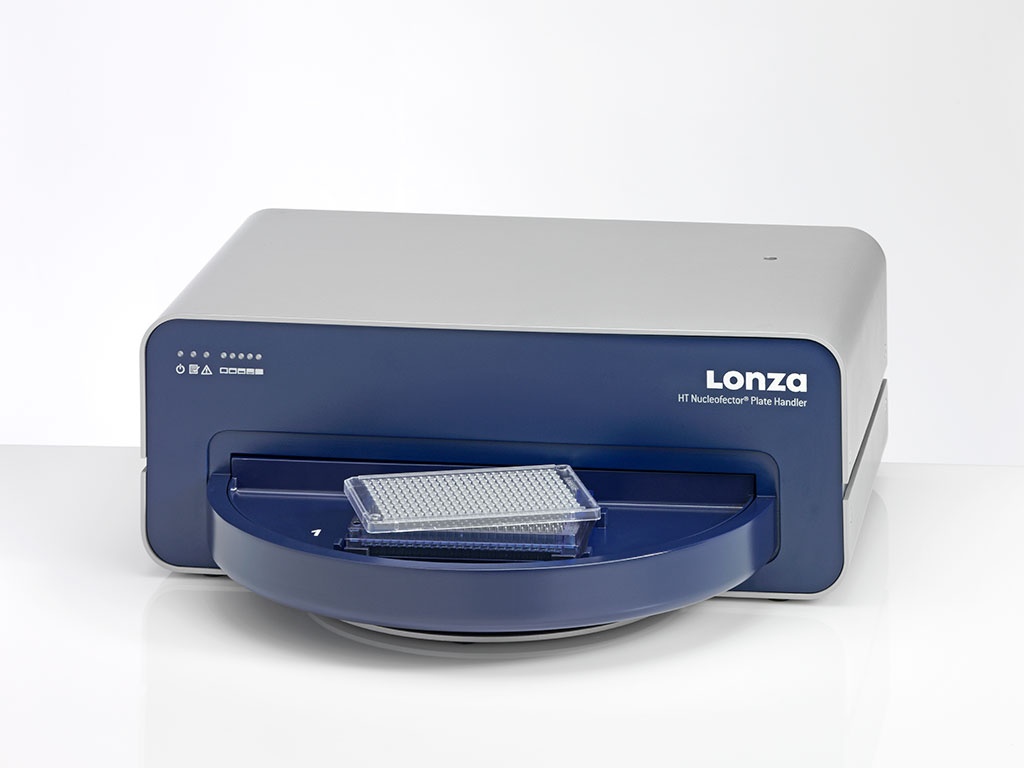
| Cookie | Duration | Description |
|---|---|---|
| cookielawinfo-checkbox-analytics | 11 months | This cookie is set by GDPR Cookie Consent plugin. The cookie is used to store the user consent for the cookies in the category "Analytics". |
| cookielawinfo-checkbox-functional | 11 months | The cookie is set by GDPR cookie consent to record the user consent for the cookies in the category "Functional". |
| cookielawinfo-checkbox-necessary | 11 months | This cookie is set by GDPR Cookie Consent plugin. The cookies is used to store the user consent for the cookies in the category "Necessary". |
| cookielawinfo-checkbox-others | 11 months | This cookie is set by GDPR Cookie Consent plugin. The cookie is used to store the user consent for the cookies in the category "Other. |
| cookielawinfo-checkbox-performance | 11 months | This cookie is set by GDPR Cookie Consent plugin. The cookie is used to store the user consent for the cookies in the category "Performance". |
| viewed_cookie_policy | 11 months | The cookie is set by the GDPR Cookie Consent plugin and is used to store whether or not user has consented to the use of cookies. It does not store any personal data. |